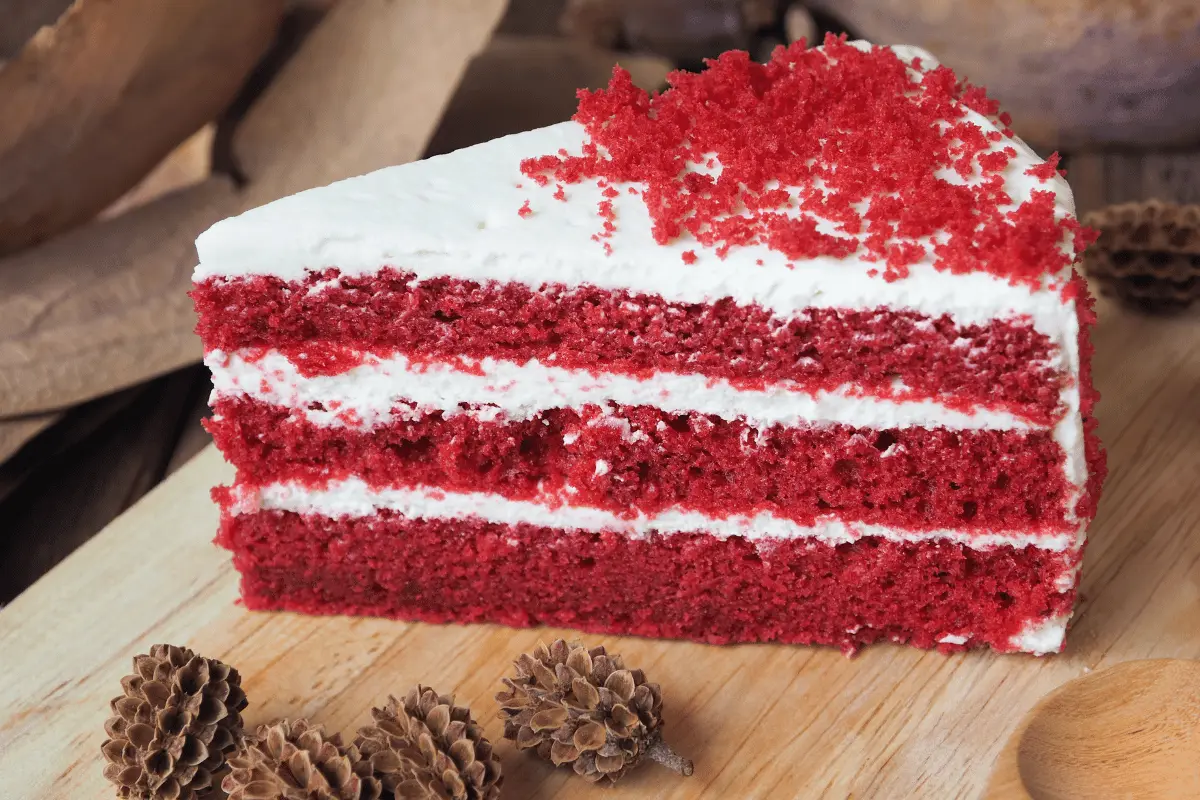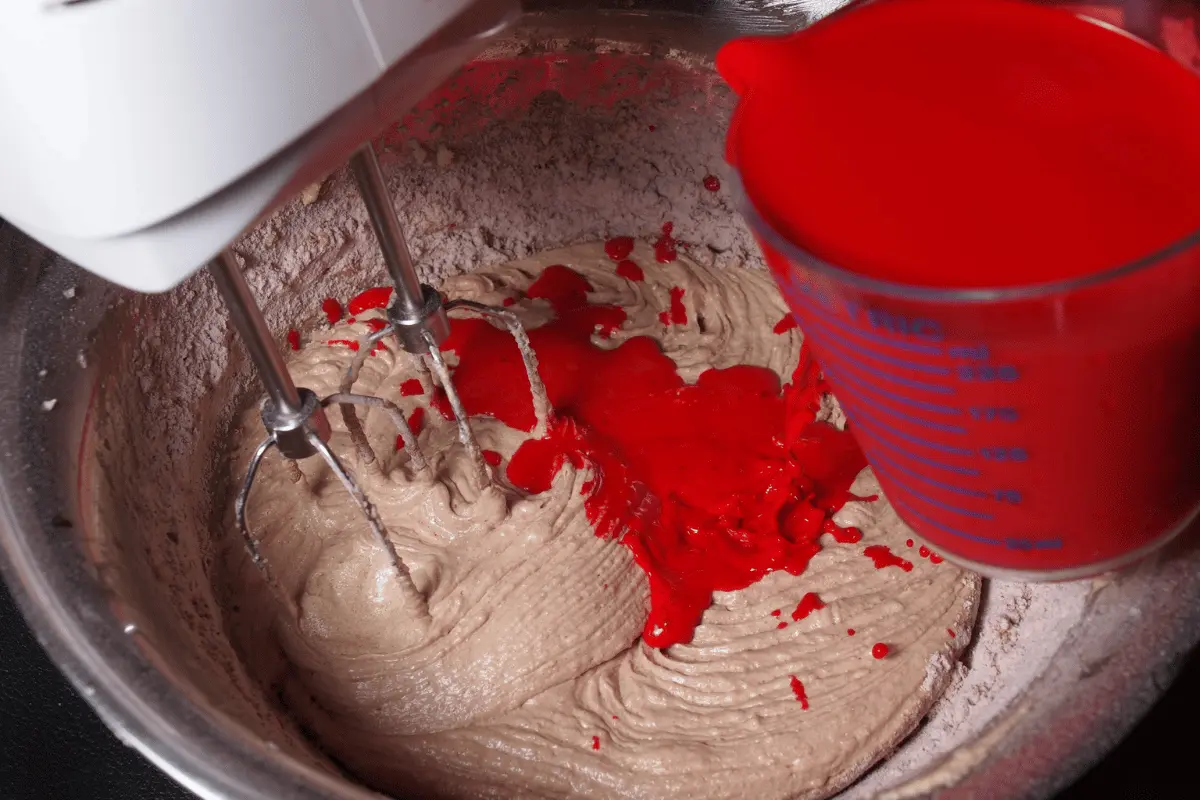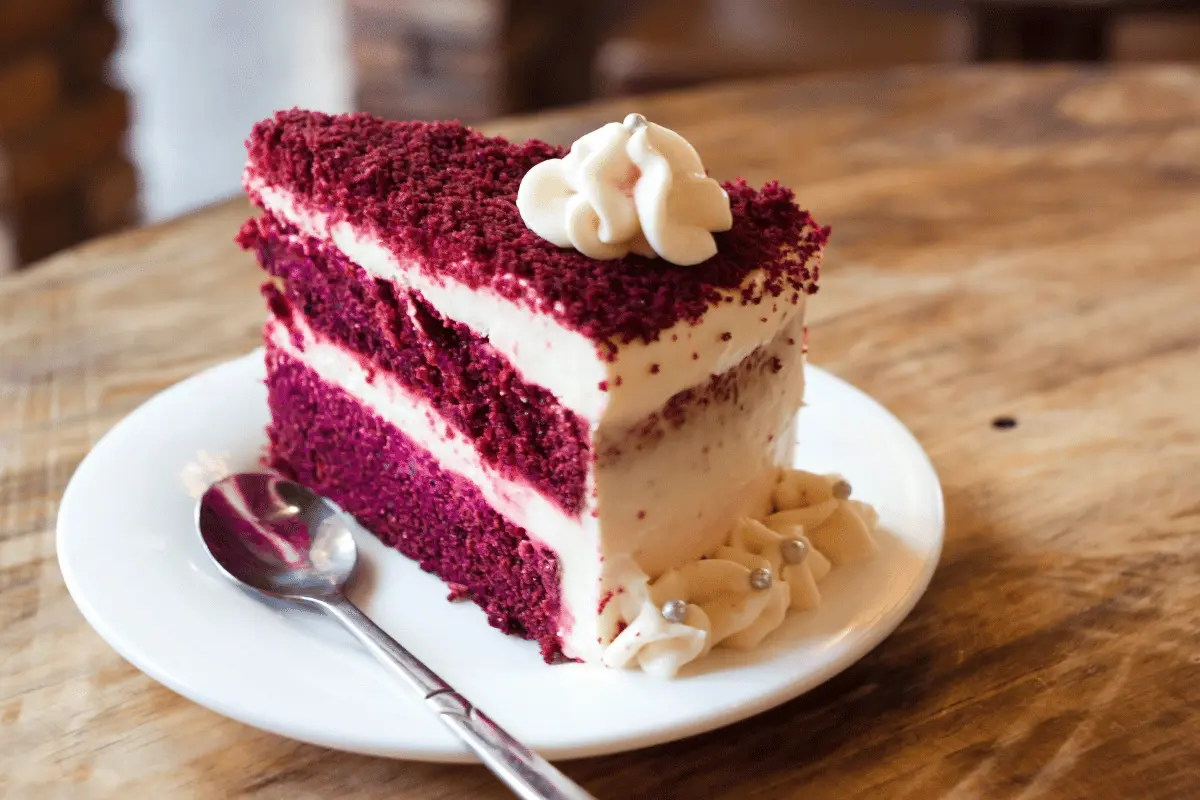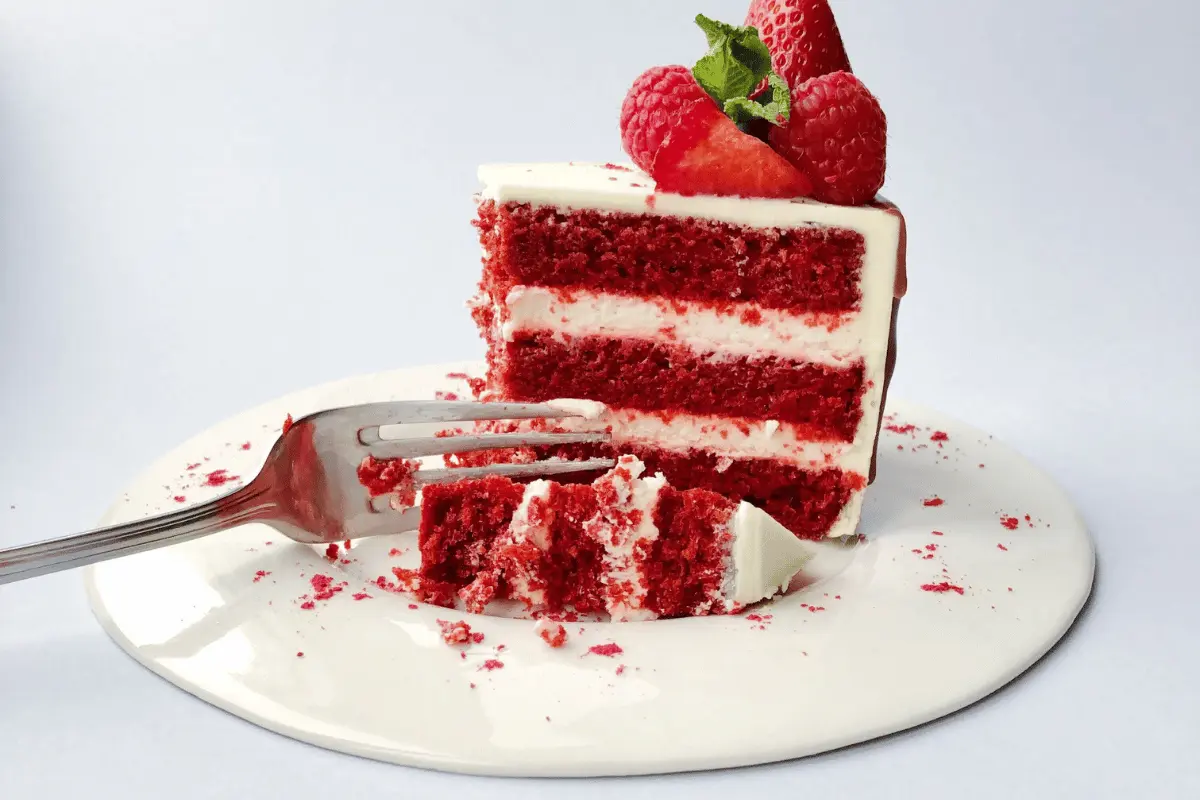Uncovering the Delectable Flavors of Red Velvet Cake Mix
Introduction
Red velvet cake mix is a pantry staple for many dessert lovers, offering a unique taste and texture that sets it apart from other cake mixes. Its popularity spans across various cultures and occasions, making it a versatile choice for any celebration. This article delves into the essence of red velvet cake mix, exploring its ingredients, taste, texture, and serving suggestions.
Overview of Red Velvet Cake and Its Popularity
Red velvet cake boasts a rich history and a distinctive look that has captured the hearts of many. Known for its vibrant red color and velvety texture, this cake has become a favorite for special occasions such as birthdays, weddings, and holidays. Its unique flavor profile, which combines sweetness with a hint of cocoa, makes it a standout dessert.
Brief Background on the History of Red Velvet Cake Mix
The origins of red velvet cake mix trace back to the early 20th century, evolving from a traditional velvet cake to the red-tinted version we know today. The addition of cocoa and red food coloring, or beetroot in earlier versions, gave birth to its signature appearance. Over time, pre-packaged mixes became available, making it easier for home bakers to recreate this classic dessert.
What is Red Velvet Cake Mix?
Explanation of Red Velvet Cake Mix Ingredients
Red velvet cake mix typically contains flour, sugar, cocoa powder, baking soda, and salt. The distinctive red color is achieved through food coloring. Some mixes also include powdered buttermilk and flavorings to enhance the taste and texture of the cake.

Discussion on the Distinctive Red Color of Red Velvet Cake
The red color of red velvet cake is its hallmark, traditionally achieved with natural dyes like beetroot or, more commonly now, with artificial food coloring. This vibrant hue makes the cake visually appealing and adds to the overall experience of enjoying red velvet desserts.
The Taste of Red Velvet Cake Mix
Sweetness
Red velvet cake mix offers a perfect balance of sweetness, making it appealing to a wide range of palates. It’s not overly sweet, allowing the other flavors to shine through.
Cocoa Flavor
The subtle cocoa flavor in red velvet cake mix is a nod to its chocolatey origins. This hint of cocoa adds depth to the cake’s flavor profile without overpowering the other tastes.
Buttermilk Tang
The tangy taste of buttermilk is a key component of red velvet cake mix, setting it apart from other cakes. This tanginess complements the sweetness and cocoa flavors, adding complexity to the cake.
Cream Cheese Frosting
Red velvet cake is traditionally paired with cream cheese frosting, which adds a creamy and tangy contrast to the cake’s sweetness. This frosting enhances the overall flavor and texture of the dessert.
Texture of Red Velvet Cake Mix
Moistness
One of the most cherished qualities of red velvet cake mix is its moist and velvety texture. This makes the cake incredibly satisfying to eat, with a melt-in-your-mouth feel.
Lightness
Despite its moistness, red velvet mix also manages to be light and airy. This contrast in textures—moist yet light—makes it a delightful dessert option.
Serving Suggestions
Classic Pairings
Red velvet cake is traditionally served with cream cheese frosting, but it also pairs well with vanilla ice cream or whipped cream. These classic combinations highlight the cake’s flavors and textures.
Creative Twists
For a unique twist, consider using red velvet cake mix in cupcakes, whoopie pies, or even pancakes. Layering the cake with fruits like raspberries or blackberries can also add a fresh dimension to the dessert.

Conclusion
part 1
The journey through the world of red velvet cake reveals a dessert that is as complex as it is delightful. This beloved treat, with its rich history and vibrant hue, stands out not just for its striking appearance but for a flavor profile that captivates the senses. The unique blend of sweetness, the subtle hint of cocoa, and the unmistakable tang of buttermilk create a taste experience that is both nuanced and comforting. Paired with the creamy, tangy contrast of cream cheese frosting, red velvet cake becomes an irresistible indulgence.
The texture of red velvet cake further elevates the dessert experience. Its moist, velvety crumb contrasts beautifully with its light, airy structure, making each bite a luxurious pleasure. This balance of moisture and lightness is a testament to the careful crafting behind red velvet , ensuring that the dessert remains a favorite for those who seek both richness and delicacy in their sweets.
part 2
Serving suggestions for red velvat cake mix range from the traditional to the innovative, allowing for creativity in the kitchen. Whether enjoyed in its classic cake form, transformed into playful cupcakes, or even reimagined in breakfast dishes like pancakes, cake mix offers versatility. The addition of fruits or a twist in the frosting choice can introduce new flavors and textures, making each red velvet creation a unique culinary adventure.
In conclusion, red velvet is more than just a baking ingredient; it is a gateway to a world of flavor, texture, and culinary creativity. Its enduring popularity is a testament to its ability to blend tradition with innovation, offering something for every palate. Whether you are a seasoned baker or a curious newcomer to the kitchen, red velvet cake invites you to explore its delectable possibilities. So, embrace the opportunity to indulge in this classic dessert, and let the rich, tangy, and sweet flavors of red cake mix inspire your next baking adventure.


